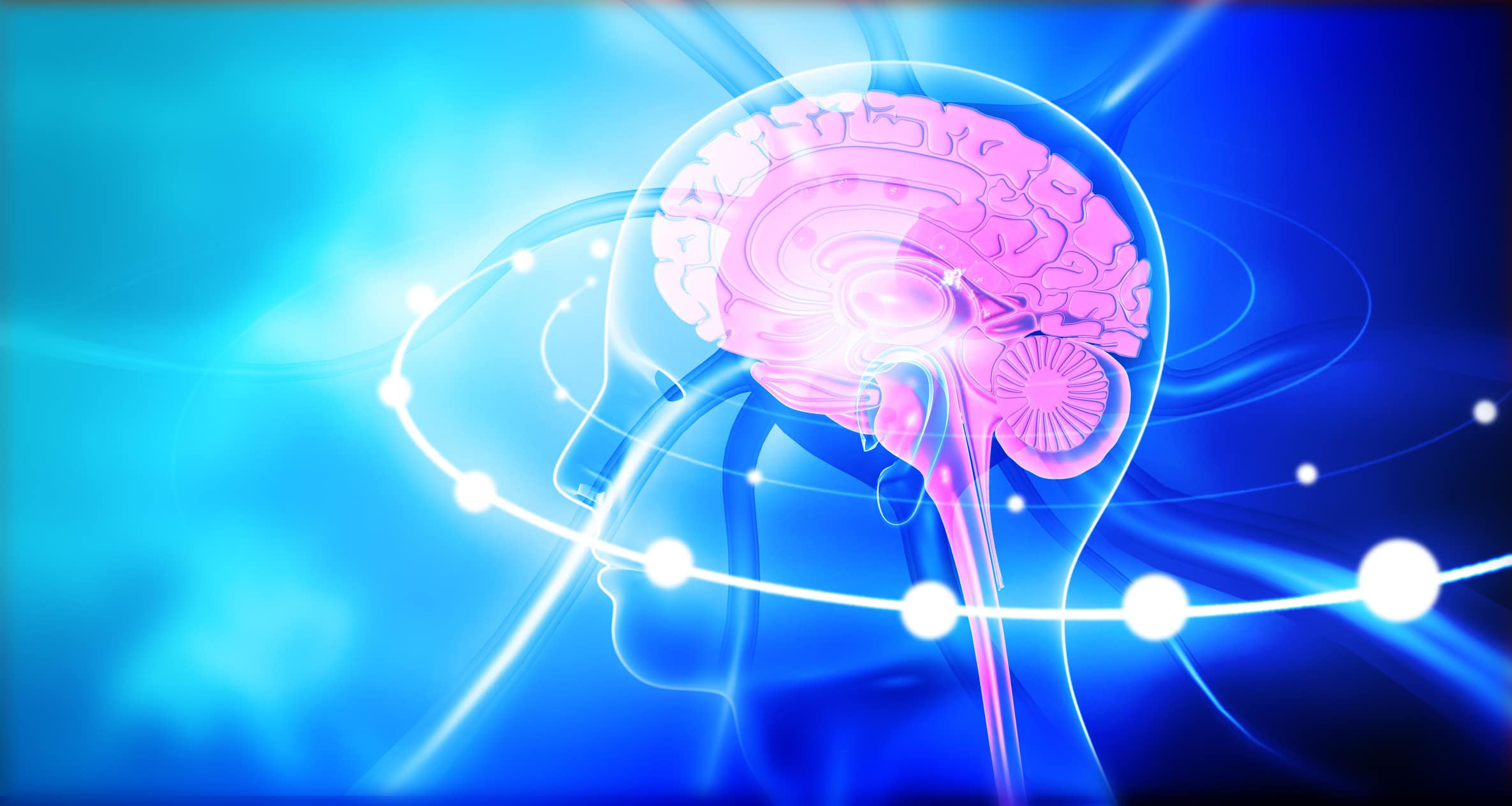You’ve likely heard your husband, wife, partner, mother, father, boss, friend, attorney, or even a judge say, “What were you thinking?” The answer is that you weren’t thinking.
The inability to recognize the impact of your behavior, the willingness to risk what’s significant in your life, and the quick lapse into old behaviors despite good intentions appear to be connected to brain chemistry. Addiction hijacks the brain, and the reward center holds captive the thinking center.
The good news is that the brain has plasticity. In treatment and recovery practices, you can learn skills to calm the brain’s emotional responses and reactivity area. You can learn to avoid trauma triggers that activate the emotional area. You can learn to enhance the decision-making area to rationally think through decisions rather than respond impulsively and from such a strong emotional basis. However, it takes time for the brain to be rewired, and it gets rewired with the repetition of new skills and new ways of thinking. Hence, we strongly urge ongoing involvement in aftercare and other support systems.
Willpower alone isn’t a defense against relapse. Recovery is achieved, maintained, and enjoyed through a series of actions. Learn to identify your triggers and a plan that anticipates and de-escalates the power of each trigger. With that, your reward is another day of sobriety with endless possibilities.
What Is an Emotional Trigger?
An emotional trigger is a specific memory, behavior, thought, or situation that jeopardizes recovery, signaling you’re entering a stage that brings you closer to a relapse. The process is much like riding a roller coaster that loops over itself. A threshold is met once the rollercoaster gets to a specific spot on the track. There’s no turning back, and it starts the downward loop.
Emotional triggers are often associated with post-traumatic stress disorder (PTSD). How you respond to emotional triggers depends on your frame of mind and the situation that’s causing the trigger. Understanding your emotional triggers and knowing how to identify and manage them is critical to your emotional wellbeing.
Five Common Triggers
1. Romanticizing the Behaviors
Romanticizing involves a tunnel focus on the positive feelings that you associate with the behavior. It involves glamorizing using behaviors and forgetting about the negative consequences at the moment.
Getting overwhelmed at times is expected, but it’s effortless to slip into romanticizing without any insight into how you got there. At that moment, you enter a slippery zone, touching the trigger. While romanticizing is itself a trigger, it often occurs in tandem with an external trigger such as noises, sights, sounds, or even tastes.
You could be watching a movie, and the next thing you know, it’s depicting the power of alcohol, drugs, and sex-positivity, and you’re romanticizing. Or, you’re listening to the radio, and an advertisement for a drug comes on. You think about your pain pills as the commercial tells you how much better you’ll feel, and off you go. Or, you’re watching a ball game on TV and can almost smell the popcorn and peanuts. You see the spectators drinking large cups of beer, and everyone is smiling like it’s only a good time.
Take a few moments to think about how you romanticize your addictive behavior. Some questions you might ask yourself include: What do you find yourself thinking about? What is the romanticizing covering up? What do you forget to take into account?
2. Feelings
Addicts have used their behaviors and substances for years to separate from their emotional states. There is so much to feel—guilt for how your behavior has hurt others, sadness for your losses, anger with yourself, fear of what’s in front of you, shame for thinking you’re inadequate and not worthy. You can act out in response to every feeling imaginable.
You lessen or get rid of feelings when you own them, talk about them or engage in problem-solving. When you try to divert, ignore, and numb that, you get into trouble. Feelings are a part of the human condition, and you can’t escape them. Recovery is the ability to tolerate your feelings without the need to medicate or engage in self-destructive or self-defeating behaviors and thoughts.
Recognize the gifts that come with feelings. Feelings are cues and indicators telling you what you need. Loneliness tells you, in your humanness, you need connection. Fear can offer you protection, sadness offers growth, guilt is your conscience, offering direction for amends. You must have this insight and, more importantly, start taking ownership of the feelings when you have them.
3. Loss
Coupled with the trigger of feelings, those feelings are often associated with loss. By the time you get to recovery, you have had multiple losses in your life, often related to childhood, many times due to being raised with abuse, addiction, mental illness, etc. While you may have experienced trauma within your original family, the pain of loss may be from a specific situation.
You may have experienced the loss of a relationship with your parents or children, the death of friends or family, abortions, or career or work opportunities missed. As an addict, you’re likely to have experienced losses related to health issues. Perhaps you have Hepatitis C, HIV, or injuries due to accidents.
It’s not that you are suddenly thinking about these losses, but there may be a trigger. Perhaps you are in treatment, and you see other people’s children come to visit, and you have three kids, and you don’t even know where they live. Your daughter tells you that your ex-husband has just moved in. The goal is not to dwell on your losses, to not live in the pain and anguish. This happens when you don’t acknowledge them and what they mean, triggering you back to your using behavior. With some losses, you can only grieve and ultimately come to find some meaning from your experience. With others, in time, you can attempt to repair damaged relationships.
4. Resentments
Resentment is also a feeling, but I think it warrants its place as a significant trigger. Resentments are like burrs in a saddle blanket. They fester into an infection if you don’t get rid of them. Resentments are often built on assumptions, i.e., “When you don’t look at me, I assume —you think you’re better than me.” “When you don’t include me in a social gathering, I assume you think I’m not good enough to be with you and your friends.” Resentments are also built on entitlement, a form of unrealistic expectations and impatience.
Unrealistic expectations + impatience = resentments.
Move from resentments. When assuming, check it out. Put yourself in someone else’s shoes (it may make expectations more realistic). Identify and own the feelings the resentment is covering (often, it’s a cover for feelings of inadequacy or fear). Be willing to live and let live.
5. Slippery People, Places, or Situations
You need to identify specific triggers—the people, places, and situations that are high-risk. Slippery people could be your ex-lover, certain family members, or past using/party buddies. A slippery place might be a bar you used to frequent, a casino, or an area in your community where you cruised. In essence, any place that triggers a positive association about the use of your drug of choice. Slippery situations could be emotionally charged social gatherings, such as weddings, family events, or vacations.
Medication may be a trigger for which you need to be accountable. While there are situations when medication is needed, you’re at high risk of abuse. You need to be proactive in how you will cope with this situation because it’s likely that your brain will remember a good feeling; saying more is better. Again, there are situations when medications are necessary, but self-diagnosis or self-prescribing only create a recipe for disaster.
What are the people, places, or situations that are potential triggers? What provides safety for you not to be triggered? What triggers can you avoid? While some decisions around triggers are absolute, others are not necessarily in place for the rest of your life. Know your triggers and plan accordingly. In the face of a trigger, what do you need to do? What do you need to tell yourself? To whom can you reach out for support or problem-solving?
How to Identify Triggers
Emotional triggers can look different from person to person. Some trauma triggers might include unwanted memories, uncomfortable topics, another person’s words or actions, and your behaviors. Some situations that are examples of triggers include:
- Rejection
- Betrayal
- Unjust treatment
- Challenged beliefs
- Helplessness or loss of control
- Being excluded or ignored
- Disapproval or criticism
- Feeling unwanted or unneeded
- Feeling smothered or too needed
- Insecurity
- Loss of independence
The first step to identifying triggers is to recognize when specific situations generate a strong emotional response. In addition to emotional responses, you might also experience physical anxiety symptoms such as a pounding heart, upset stomach, dizziness or shakiness, and sweaty palms.
When you experience an emotional trigger, consider the situation and the activated response. Then, try to get to the root of the emotion by tracing it back to past situations that made you feel the same way. Sometimes, the root of the emotional response isn’t evident right away. Therefore, you might have to dig a little deeper. Don’t ignore or fight these emotions. Instead, approach them with curiosity to gain insight into its triggering effect. Evaluate whether there are any recurring patterns.
Managing Emotional Triggers
Triggers can evoke many emotions. Remind yourself that your feelings are valid and normal to feel them at the moment. Grant yourself compassion instead of judgment because these emotions can remind you of the differences between the past and present. Physically removing yourself from a situation can help you avoid emotional overwhelm. Allow yourself some space to decompress from a triggering situation. Once you’ve cooled off, you can reapproach it more productively with a clear head.
Keep an open mind when you experience emotional triggers. Most people don’t intentionally try to hurt another person with their words or actions. Often, it’s a response to their triggers or other factors that you’re not aware of. Everyone experiences unique emotions, and it’s easy to misinterpret someone if you don’t know them that well. It’s also important to use healthy communication skills to address the situation. Opening up when someone’s actions evoke your emotional triggers can help you avoid a similar situation in the future.
Trauma Recovery
Practice staying in the present during trauma recovery. Don’t sit in the past or project into the future. Validate the gifts of recovery for the day—practice gratitude daily. Identify, build, and use a support system to to stay connected. History and experience have proven time and time again that recovery isn’t a solitary process and can’t be sustained in isolation. Trust that your Higher Power is on your side.
Note: This article originally appeared in the Spring/Summer 2009 edition of MeadowLark, the magazine for alumni of The Meadows.



